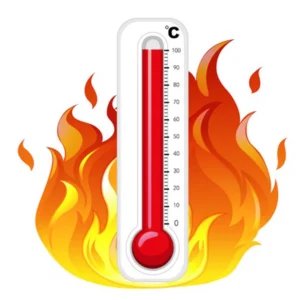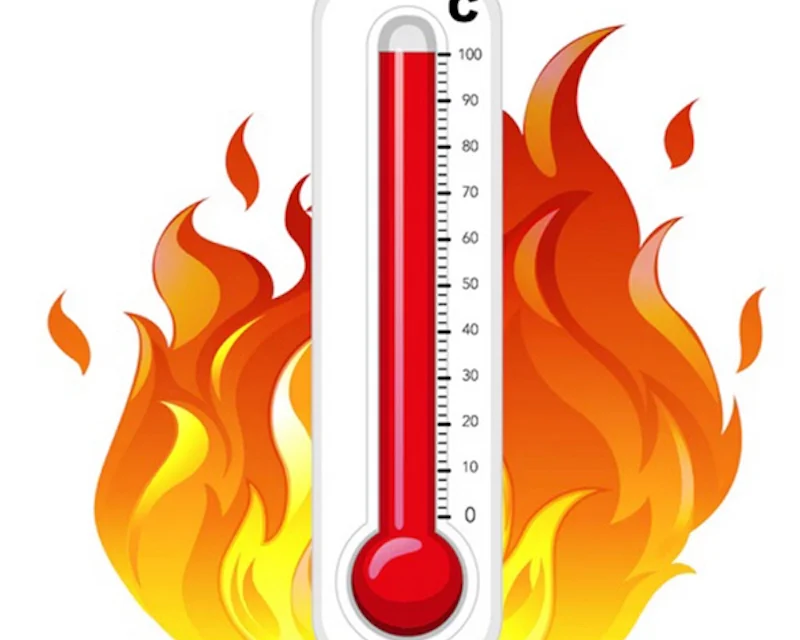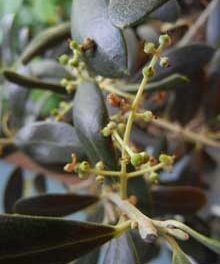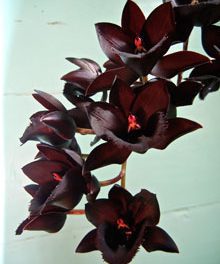 Nothing much! And plants can do even less. It’s kind of like being in a traffic jam; you can’t even leave.
Nothing much! And plants can do even less. It’s kind of like being in a traffic jam; you can’t even leave.
We’ve all watched in dismay as our plants struggle and lose the battle against this awful heat and burning sunlight. Even aggressive irrigation doesn’t seem to help much.
Well, we had better get used to it. It’s called Global Warming. We need to rethink how we planted our gardens and do some forward thinking for the next few years. A good rule of thumb to have on hand (pardon the pun) is that the larger the leaf, the less sun it needs or can tolerate, and the smaller the leaf, the more sun it needs or can tolerate. Of course, we know that most rules have their exceptions, and there is a plant out there that will make a liar out of you every time.
We all know that we have gone up in the USDA zone to 9a, but that measure only takes in cold days. It doesn’t’ t take into consideration heat or humidity. We have extremes of both, so we’re in a pickle. Where heat is concerned, we’re tropical; where cold is concerned, we’re sub-tropical.
It’s all down to the plant itself, I guess. Trial and error and experience are our only reliable guidelines. Old faithful, The Southern Living Gardening Book, is the only one I know of that divides the south into heat zones. But nothing prepares us for the heat waves we have been having or will have in the future.
While mulch really is the gardener’s best friend, it protects only the root system. The upper growth is still subject to sunlight and temperature. About the only thing you can do is to carefully transplant the plant into a cooler and shadier location. Successful transplanting in less than optimum conditions is always iffy. You can increase your chances for success by root pruning a couple of weeks before you transplant.
In-ground root pruning is accomplished by plunging a sharp spade in a circle around the plant. The bigger the root ball you can easily remove, the better chance for survival.
I asked several Master Gardeners what plants could withstand this heat as well as a few degrees of freeze in the winter, and their conclusions were unanimous. It’s all down to the plant and your own backyard.
Look in your garden for plants that survived last summer’s record-breaking heat and humidity and came back this year safe and sound. I was surprised at the number in my yard that did. The ones with larger leaves drooped and looked like they were dying the minute the temperature reached 90. Not a pretty sight. But the moment the sun went down, they perked right up.
Realizing that a mere human has little defense against Mother Nature, I decided I had no business hanging around in the heat either, so I decided to go inside, have a cool drink, and forego looking out the window until the sun went down.
Problem solved.









